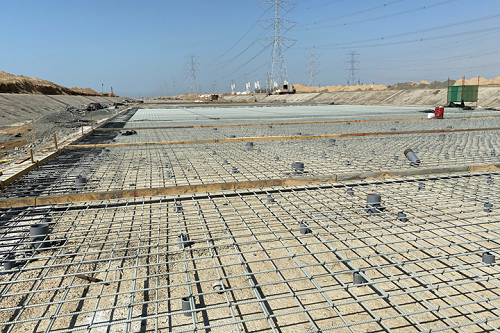 Tuesday, October 1, 2024
Tuesday, October 1, 2024  Tuesday, October 1, 2024
Tuesday, October 1, 2024 
Worldwide, concrete structures are under attack like never before. Not only has traffic increased on roads, bridges and overpasses, but climate change has increased extreme weather events, including violent storms and torrential rains that result in flash floods and other destructive events. Under such stress, concrete can crack. This allows rapid deterioration in aggressive environments through exposure to elements such as saltwater, which is corrosive to steel rebar.
“Cracks create paths for the agents of the aggressive environments to reach the reinforcing and/or pre-stressing steel and begin the corrosive oxidation process,” explains the Florida Dept. of Transportation (FDOT, Tallahassee, Fla., U.S.) structures innovation website. “An innovative approach to combat this major issue is to replace traditional steel bar and strand reinforcement with fiber-reinforced polymer (FRP).” FDOT has been a leader in FRP rebar use and testing, as well as the development of design and use standards, like those issued by the American Concrete Institute (ACI, Farmington Hills, Mich., U.S.). Although composite rebar is primarily made with glass fiber (GFRP or GRP), products have also been developed using basalt (BFRP) or carbon fiber (CFRP).
“With a long and costly history of corrosion worldwide, steel is no longer viewed as a cost-effective option in aggressive environments,” says Nick Crofts, CEO of GFRP rebar manufacturer Mateenbar (Dubai, UAE and Concord, NC, U.S.), lead supplier for the largest GFRP rebar project in the world. This project is the 23-kilometer-long and up to 80-meter-wide flood mitigation channel in Jizan, Saudi Arabia. Although GFRP rebar has been around for 30-40 years, says Crofts, key projects like the Jizan Flood Channel are now propelling it into mainstream infrastructure. This growth is already justifying Mateenbar’s new factories in Saudi Arabia and the U.S.